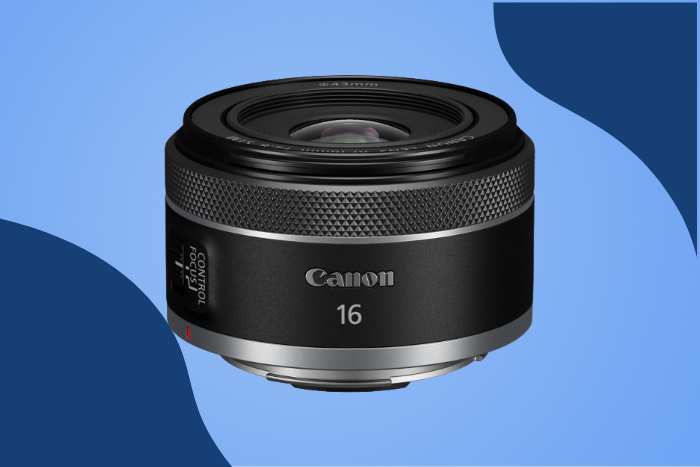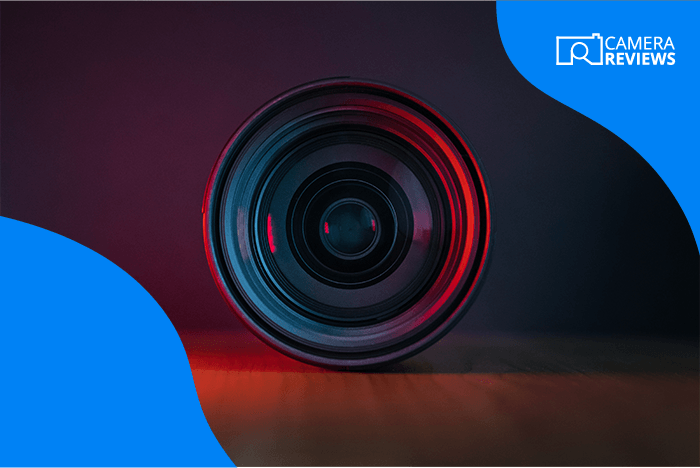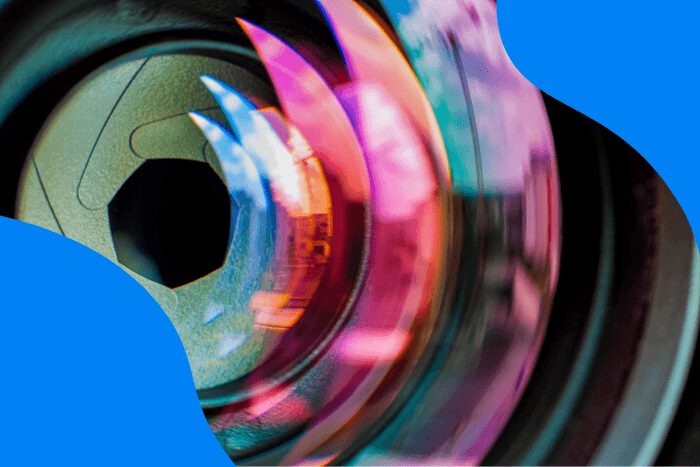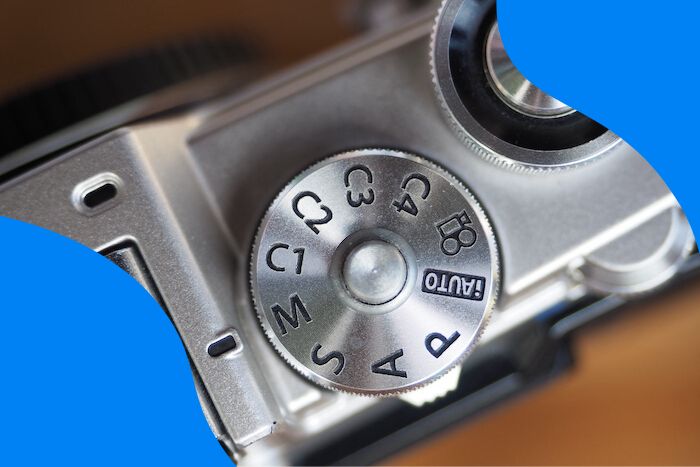Looking at zoom vs telephoto lenses can be misleading because it’s not an either-or decision. Most people think a telephoto lens is just a lens with a long focal length. But that’s not strictly true.
A zoom lens has a variable focal length. In contrast, a telephoto lens uses a more powerful outer lens and a concave inner lens. So it’s physically shorter than its focal length.
And when you switch from a fixed-lens camera to one with interchangeable lenses, you must decide which lenses to buy. Do you need a wide-angle, standard, telephoto, prime, or zoom lens? Here, we’ll focus on telephoto vs zoom.
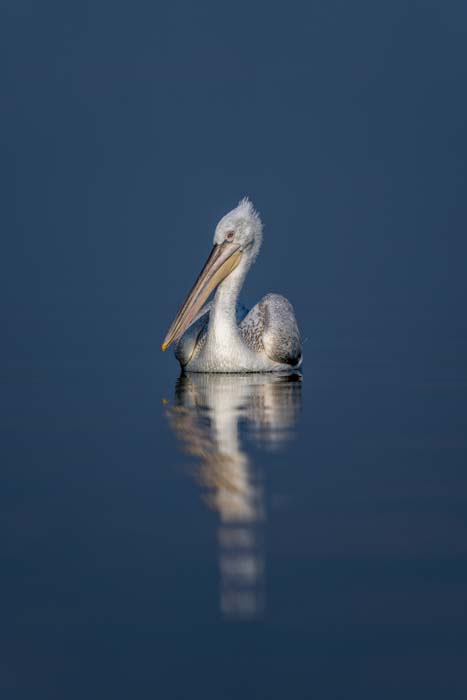
Zoom vs Telephoto Lenses
“Zoom lens” and “telephoto lens” describe different things. That means zoom and telephoto lenses aren’t directly comparable. They’re also not mutually exclusive or collectively exhaustive.
It’s possible to make telephoto zoom lenses. They have a telephoto group of lens elements and a variable focal length.
It’s also possible to make neither zoom lenses nor telephoto lenses. Think about all the wide-angle primes (fixed focal length lenses). They’re neither zoom nor telephoto lenses.
In general, a zoom lens offers variable magnification. And it is less expensive and lighter to carry than two (or more) prime lenses.
Telephoto lenses are smaller and lighter than conventional lenses. This makes them easier to shoot with and carry around. And like all long lenses, telephoto lenses also provide greater reach and a narrower depth of field.
What Is a Telephoto Lens?
The word “telephoto” describes a particular kind of lens construction. Lenses have multiple “elements” (lenses). This improves image quality and helps avoid distortion and aberration.
The front element in a telephoto lens is more powerful than one in a non-telephoto lens. In other words, it has a higher magnification and a shorter focal length. But a telephoto group of lenses inside compensates for that.
These lenses are concave, which means they have a negative focus and make the light rays diverge rather than converge. The effect is that the body of the lens doesn’t need to be as long as the focal length.
The whole point of a telephoto lens is that it’s shorter and lighter. So the design is most suitable for lenses with long focal lengths.
But Olympus used it to fit a 35mm lens onto the Olympus XA fixed-lens film camera. This proves that not all telephoto lenses have a long focal length!
For convenience, telephoto lenses tend to be broken down into categories by focal length:
- A short telephoto lens is 85-135mm
- A medium telephoto lens is 135-300mm
- A super telephoto lens is over 300mm

To give you an idea of the magnification, it helps to know that the human eye has a “focal length” of roughly 50mm. If you divide the length of a lens by 50, you get the magnification.
Hence, a 50mm “normal” or “standard” lens is about the same as the human eye. But a 300mm lens has 6x magnification.
What Are the Main Benefits of a Telephoto Lens?
If we assume a “telephoto” lens means one with a long focal length, telephoto lenses offer greater reach and less depth of field. The construction also makes them smaller and lighter than conventional lenses.
That’s why my Sony 600mm lens is only 449mm long rather than 600mm!
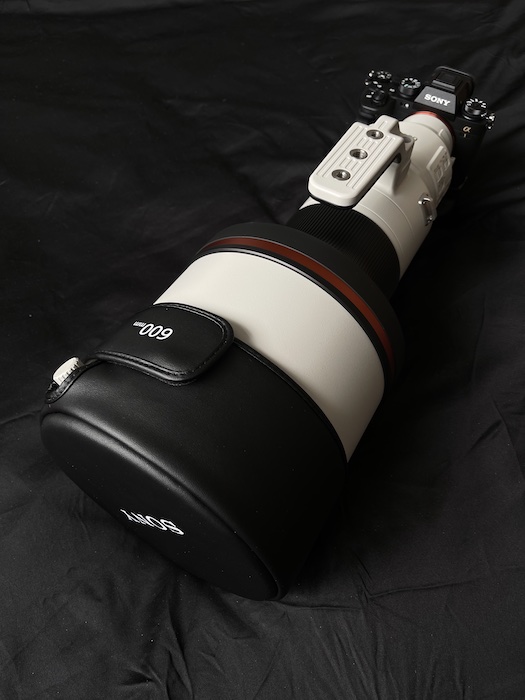
What Are the Main Disadvantages of a Telephoto Lens?
Less depth of field isn’t always a good thing. If you’re taking shots of landscapes and want everything to be in focus from front to back, you’re better off with wide-angle lenses.
And again, if “telephoto” simply means “long,” the extra length, diameter, and weight are inconvenient. They make it harder to shoot handheld.
What Is a Telephoto Lens Best for? And Who Uses a Telephoto Lens?
Telephoto lenses are best for sports, wildlife, and portrait photography. This is because you usually want to separate your subject from the background or shoot from a distance.
I suggest a telephoto lens of 400mm or more for wildlife photography, like the Sony 400mm telephoto lens. 400mm is also good for sports.
But they still come in handy to isolate distant details in landscape photography or are ideal in other genres like portraiture. So a variety of photographers use them. The best focal length for portraits is around 85mm, like the Sony 85mm.
What Is a Zoom Lens?
A zoom lens is simply a lens that has a variable focal length, angle of view, and magnification. That means you can zoom in and zoom out when taking pictures.
The shortest and longest focal lengths are usually part of the lens name. So you might get a 24-70mm or 28-300mm lens.
But bridge cameras (“superzooms” or “hyperzooms”) have such a wide range of focal lengths that they often advertise the zoom range. This is the number calculated when you divide the longest focal length by the shortest.
For example, you might see a camera advertised as having a 5x or a 10x zoom lens.

What Are the Main Benefits of a Zoom Lens?
The main benefits of a zoom lens are convenience, precision, and value. Then you only need to carry a single zoom lens rather than several prime lenses with many focal lengths. And you don’t need to change lenses to zoom in or out.
The ability to change focal lengths and alter the field of view (or magnification) also means it’s much easier to frame your shots precisely.
Finally, as well as buying fewer lenses, you save money with zoom lenses. This is because they tend to be relatively inexpensive. By contrast, a high-end prime lens can easily cost more than $12,000!
What Are the Main Disadvantages of a Zoom Lens?
With photography equipment, you generally get what you pay for. A zoom lens may be cheaper than a prime lens. But you may have to compromise on image quality, constant focus, constant length, weight, and maximum aperture.
Zoom lenses tend to offer lower resolution than primes. That’s especially true if they have a wide zoom range (more than 3x) and when shooting at maximum aperture.
Most consumer zoom lenses are “parfocal.” This means they maintain focus when zooming in and out. But some aren’t. And even those with parfocal designs sometimes lose focus while zooming.
Zoom lenses are also not ideal for macro photography and close-up work if they have a “push-pull” or “external” zoom.
External zoom lenses change length as they zoom in and out, whereas internal zoom lenses don’t. A zoom lens with a push-pull design requires you to zoom in and out by pushing the end of the lens away from you and pulling it towards you.

Either way, you’d much prefer that the lens stay the same length if you’re trying to take a close-up of a bug from only a few inches away!
Plus, the extra glass and motors needed in zoom lenses generally make them heavier. This is a disadvantage for photographers who work in the field rather than in a studio.
The other compromise concerns the maximum aperture. The more complex design with movable lens groups makes designing a “fast” zoom lens difficult. This would be one with a wide maximum aperture.
For example, the Sony G Master 400mm lens that I own is f/2.8. But the Sony 100-400mm lens in the same series is only f/4.5-5.6. That means we lose two stops at 400mm. So only a quarter of the amount of light gets in!
The 100-400mm also suffers from another common problem. The maximum f-stop value changes as you zoom in and out. And this is not ideal if you’re working in low light and need every stop of light you can get!
What Is a Zoom Lens Best For? And Who Uses a Zoom Lens?
Combining convenience and good value makes zoom lenses ideal for beginners and intermediates. You can buy a 28-300mm lens as I did (Canon 28-300mm, Nikon 28-300mm, or Tamaron 28-300mm for Canon, Nikon or Sony cameras).
Professional sports and wildlife photographers (like me!) might prefer a prime lens at long focal lengths. That way, we get the shallower depth of field and better low-light performance that go with a faster lens.
But it’s still convenient to use a zoom lens. And I have every wide-angle zoom lens in the Sony G Master range. I have the Sony 12-24mm, Sony 24-70mm, and Sony 70-200mm.
Conclusion
Remember that you can always have both when making a zoom vs telephoto lens decision! Zoom and telephoto lenses are not mutually exclusive or collectively exhaustive. A lens can be both—or neither!
Zoom lenses are convenient and provide good value. This makes them ideal for beginners and intermediates.
And telephoto lenses are lighter than normal ones. And like all lenses with long focal lengths, they offer greater reach and less depth of field.
Telephotos are handy for portrait, sports, and wildlife photographers—especially professionals. But it’s not ideal for most landscape photography!

Here’s a quick summary of the pros and cons of zoom and telephoto lenses.
Zoom Lens Pros and Cons
- Convenient because you need fewer lenses
- Precise because you can frame your shots more accurately by zooming in and out
- Cheaper because you need fewer of them and because high-end prime lenses are crazily expensive!
- Poorer image quality
- Variable focus while zooming
- Variation in length with a push-pull or external zoom lens
- Extra weight
- Narrower maximum aperture (less light)
Telephoto Lens Pros and Cons
- Greater reach due to the longer focal length
- Shallower depth of field
- Smaller than conventional lenses
- Lighter than conventional lenses
- Harder to keep everything in focus
- Longer, wider, and heavier than wide-angle and normal lenses
We hope you understand zoom vs telephoto better and are closer to finding the best camera lens for your needs. You can check out our article explaining Art lenses or types of camera memory cards next!



